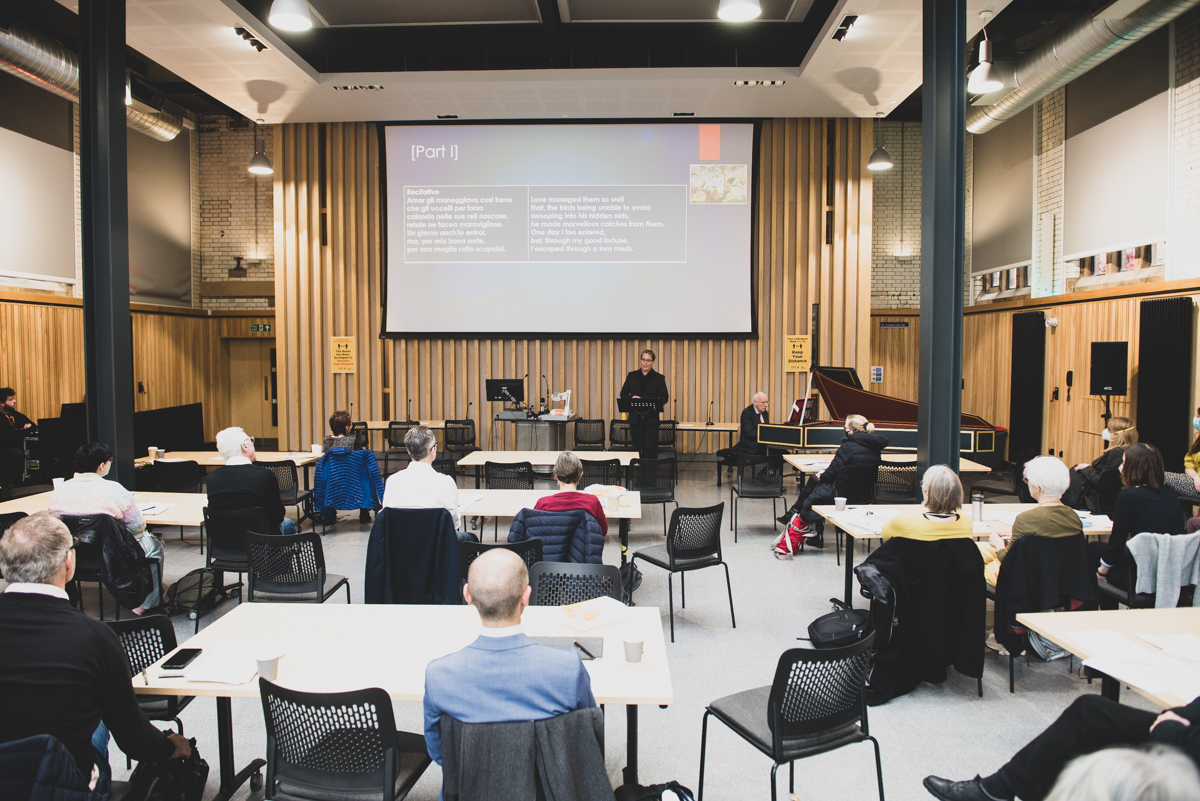Interconnections Symposium: Building a new relationship between Humanities and the cultural sector
Interconnections Symposium: Building a new relationship between Humanities and the cultural sector
26 January 2022
Interconnections: the Cultural Sector and Higher Education
‘Interconnections’, hosted on the 19th November in The Boiler House at Newcastle University, was an exploration of the cultural sector and its connection and benefits to higher education. The event was based on Barbara Gentili’s Institutes-funded research that revealed how the relationship between universities and performing arts organisations is still under-developed compared to other areas.
Central to the event were various solutions to make this relationship flourish in the post-pandemic era. Exploring barriers, challenges and opportunities represented one of the main points that speakers discussed. Representatives from various associations were present, such as the Science Museum, Opera North, TATE, Welsh National Opera, Historic Royal Palaces and Leeds Playhouse. The two sectors represented by these organisations constituted a positive response to the post-pandemic challenges and it opened a conversation about how the two can create healthy relationships and collaborations.
Some of the key words that arose from the symposium were: ‘time’, ‘care’ and ‘collaboration’. Covid-19 represents a big barrier in terms of collaboration but, as explained by Emily Pringle from TATE, technology made it easier, breaking the barrier of distance and physical presence. The Cultural Sector must make sure not to lose this flexibility going forward in order to make the most of this new technological setting. Gabriel Rossi Rognoni, curator of the Royal College of Music, added “We need to become part of a much broader and long lasting partnership in order to go somewhere rather than doing little lovely very interesting jumps”. The collaboration between creative arts and research must be open to changes in order to understand the importance of every branch of knowledge. This means developing a conversation: “we need security; we need clarity”, said Vee Pollock, Dean of Culture & Creative Arts at Newcastle University. “We need to be bold”, she added.
‘Interconnections’ represented the second event on campus since the pandemic for the Humanities and Creative Arts Practice Research Institutes. Events such as this one constitute a constructive debate on how and why the cultural sector needs to be connected to creative organisations. Debates can create knowledge and creative solutions and they help maintaining the two intersected. What makes them different is what makes their relationship strong.
One of the main challenges encountered by the creative sector is the pandemic. With a new social setting in place, associations such as museums and theatres had to reinvent themselves. This has been defined as a “reset button” during the event, a new point where to start again with new collaborations and creative settings. Numerous arts venues have used technology as an engaging tool for online shows and performances. In addition to the pandemic, a new setting for higher education arose with the government cutting funding for art and design courses by 50%. Areas affected include design, music, drama, dance, art, media studies and journalism. An open letter opposed to the move stated “If you believe that innovation is a strategic priority, you will not cut higher education funding to the arts - but better recognise our value as integral to the fourth Industrial Revolution”.
The government cutting funding and the pandemic represent two of the biggest challenges encountered between the cultural organisation and higher education that can only be solve through collaboration and communication, as discussed during the event.
To summarise, ‘Intersections’ represented a “reset point” led by communication and collaboration. Communication between the cultural sector and higher education represents a starting point for a much stronger partnership in the future. Challenges encountered by the two sectors in the past couple of years represent a positive new start that can foster a deeper interconnection between the two.
